Hydration Tips For Your Next Obstacle Course Race

So, you’re ready to hit the obstacle course this weekend and asking, 'What about hydration?'
Whether to carry a hydration pack in an obstacle course race comes down to personal preference. While I prefer to be a minimalist, the only thing I hate more than carrying water is not having enough of it.
WHAT’S THE BIG DEAL?
Let’s discuss why hydration is important.
Staying hydrated helps regulate our body temperature, circulates energy to our cells, protects our joints and reduces fatigue. Hydrating before, during and after a race can improve recovery while minimizing injury and muscle cramping.
Failing to stay hydrated causes fatigue and inhibits performance. Symptoms include headache, increased heart rate, a rise in core body temperature, confusion, and muscle cramps. If you’re feeling these effects, it’s already too late. Dehydration is extremely unpleasant, dangerous, and can be avoided.
When deciding what works best for you, there are several things to consider including race distance, venue, and your level of physical fitness.
RACE DISTANCE
When we talk race distance, we’re really considering the amount of time you expect to be on course.
For shorter races like Sprints, I expect to finish in less than an hour and the water stations are sufficient.
Supers generally take me 2 hours so I often bring a waist belt and a 500ml water bottle that I can refill if needed.

Beasts might take 3-5 hours; so, I wear a hydration vest with 2 500ml soft flasks. For Ultras, I’m wearing a vest regardless. You’re going to be out there all day. I’m bringing gloves, gels and other nutrition; so, of course, I’m bringing water.
VENUE
Will there be shade? Are you running through trees or open air? Are there water crossings or swim obstacles to cool you down? There’s a big difference between Dallas and Fayetteville.
Your start time can be a factor as well. Prepare for the temperature you expect it to be when you finish. There’s a big different between finishing at 10:30AM and 2:30PM.
YOUR LEVEL OF FITNESS
How much do you sweat? There’s a ton of available information on the internet suggesting how much water you should drink while running.

Water stations can be found every 1-2 miles. If you’re moving at 20–30-minute per mile pace, is that little Dixie cup enough to keep you hydrated?
BEST PRACTICES
Hydrate regularly. This shouldn’t just be a pre-race ritual. It should be THE WAY. At the very least, begin hydrating 2-3 days before the event. I drink Pedialyte at night and another as soon as I wake up. I also drink Liquid I.V. just before the race.
When choosing your hydration gear, choose what is both comfortable and functional. You’ll want something hands free, worn tight against your body, and easy to access. Be aware of things like walls, barbed wire and swim obstacles.
To be minimal, I carry the Peak Hydration Waist Pak by Nathan with a 500ml water bottle. There is also a remarkable amount of storage in the back zipper-pocket of MudGear Men’s Elite-Fit Compression Shorts that is perfect for a soft flask and a few gels. For longer races, I wear the Spartan Hydration Vest with Spartan soft flasks.
Consider adding an electrolyte mix such as Tailwind Nutrition or Liquid I.V., especially for longer races. When we exercise, we lose electrolytes that need to be replaced. Electrolytes are responsible for maintaining your body’s water balance. They help maintain sodium levels and prevent muscle cramps by allowing your muscles to retain the right amount of water.
Don’t wait until race day to try out your hydration pack for the first time. Even if you can’t simulate the race environment, plan on running with it for a good duration of time. More than anything else, stay hydrated. The cost of carrying a little extra water is not going to ruin your race, while suffering dehydration will.

 Nick Klingensmith is an amateur obstacle course racer closing in on his 100th OCR. He’s completed 5 major marathons and is currently training for the Berlin Marathon in September. An ambassador for MudGear and Spartan 4-0, Nick is the author of Through the Fire. Nick works as an executive in the logistics industry and lives in Seminole, Florida, with his wife and two dogs.
Nick Klingensmith is an amateur obstacle course racer closing in on his 100th OCR. He’s completed 5 major marathons and is currently training for the Berlin Marathon in September. An ambassador for MudGear and Spartan 4-0, Nick is the author of Through the Fire. Nick works as an executive in the logistics industry and lives in Seminole, Florida, with his wife and two dogs.
Follow Nick on Social Media:

Affiliate Disclosure - MudGear.com receives compensation from affiliate partners for placing links to their products on our website. MudGear.com receives compensation for linking to these products and sometimes this influences our decision on what products we recommend or link to.




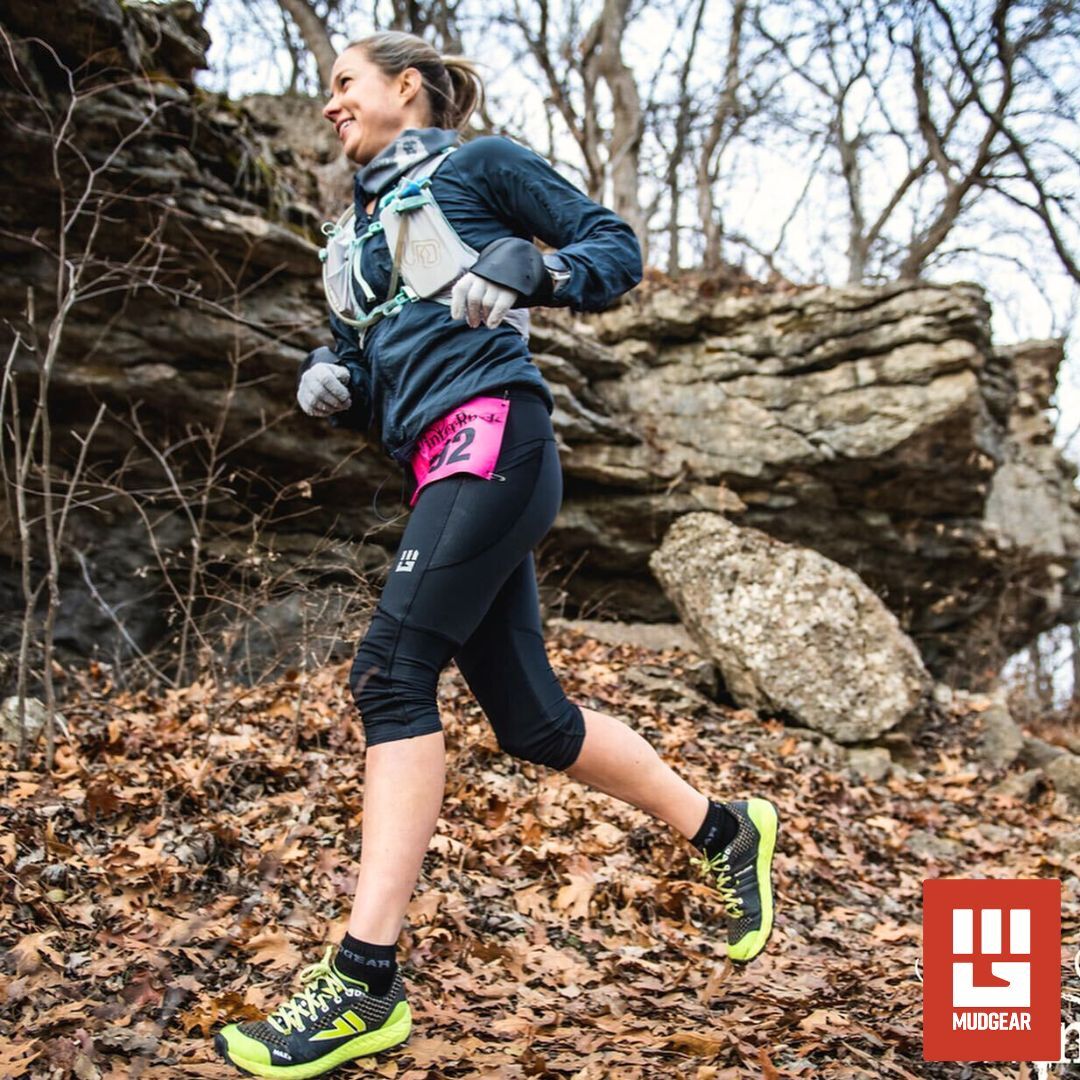
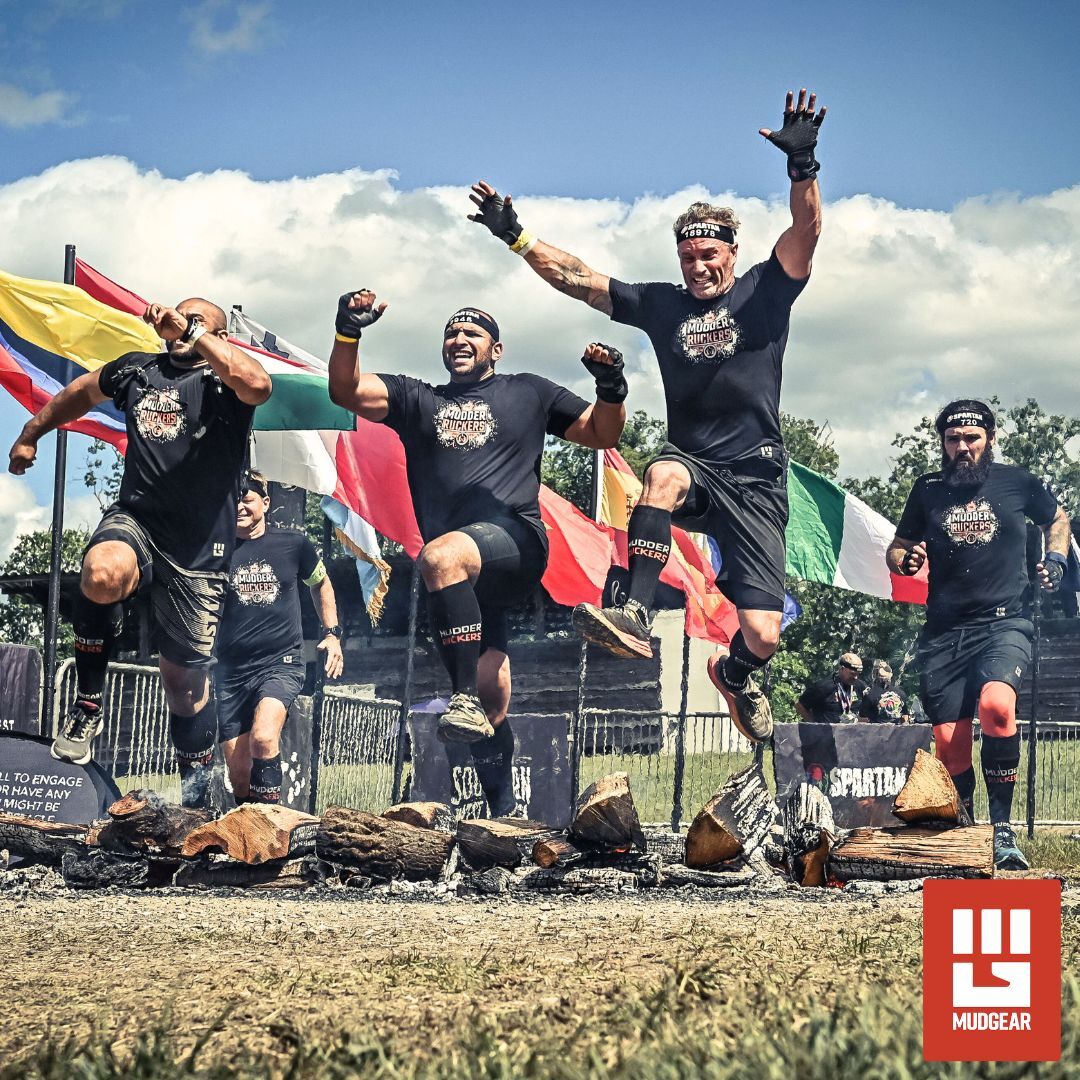
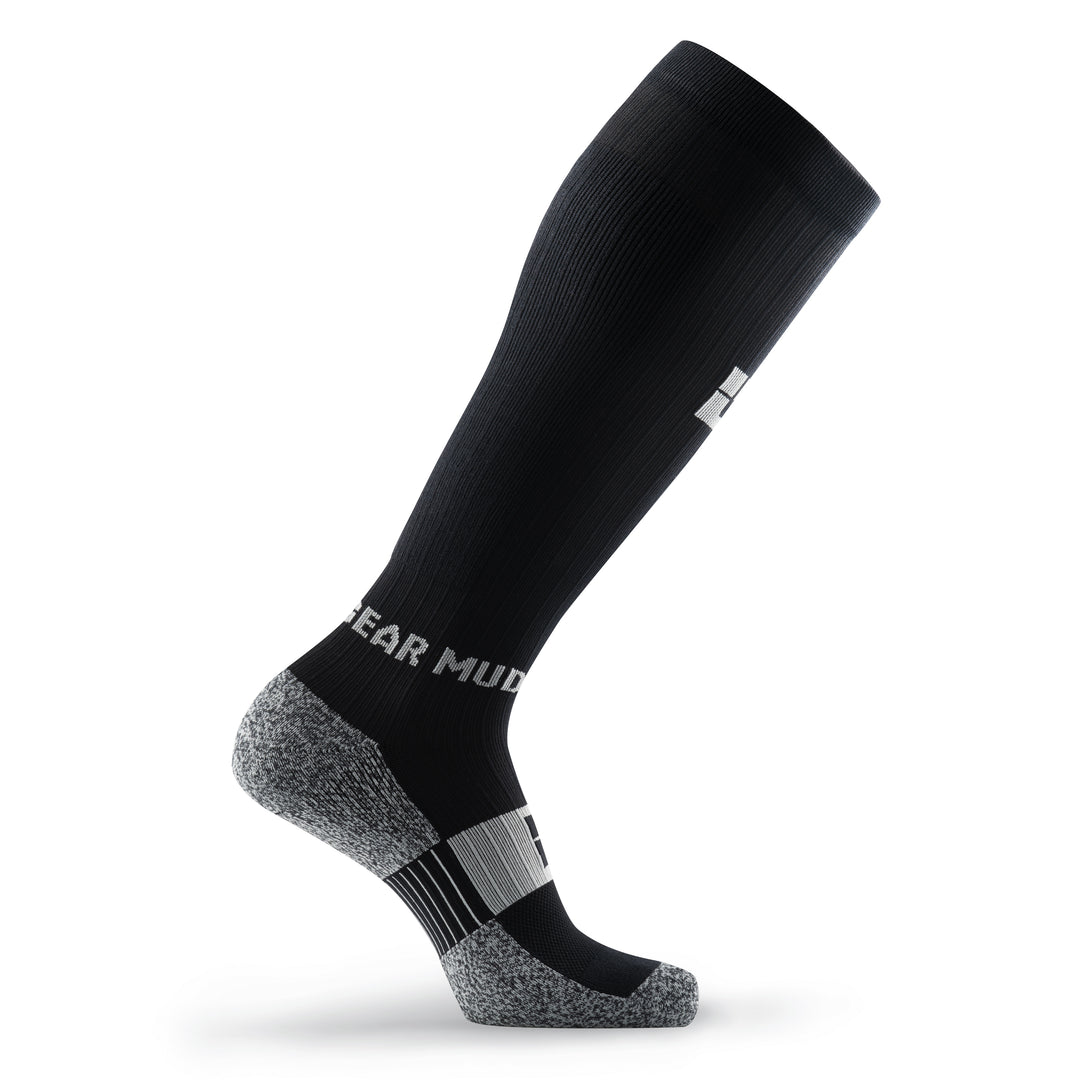
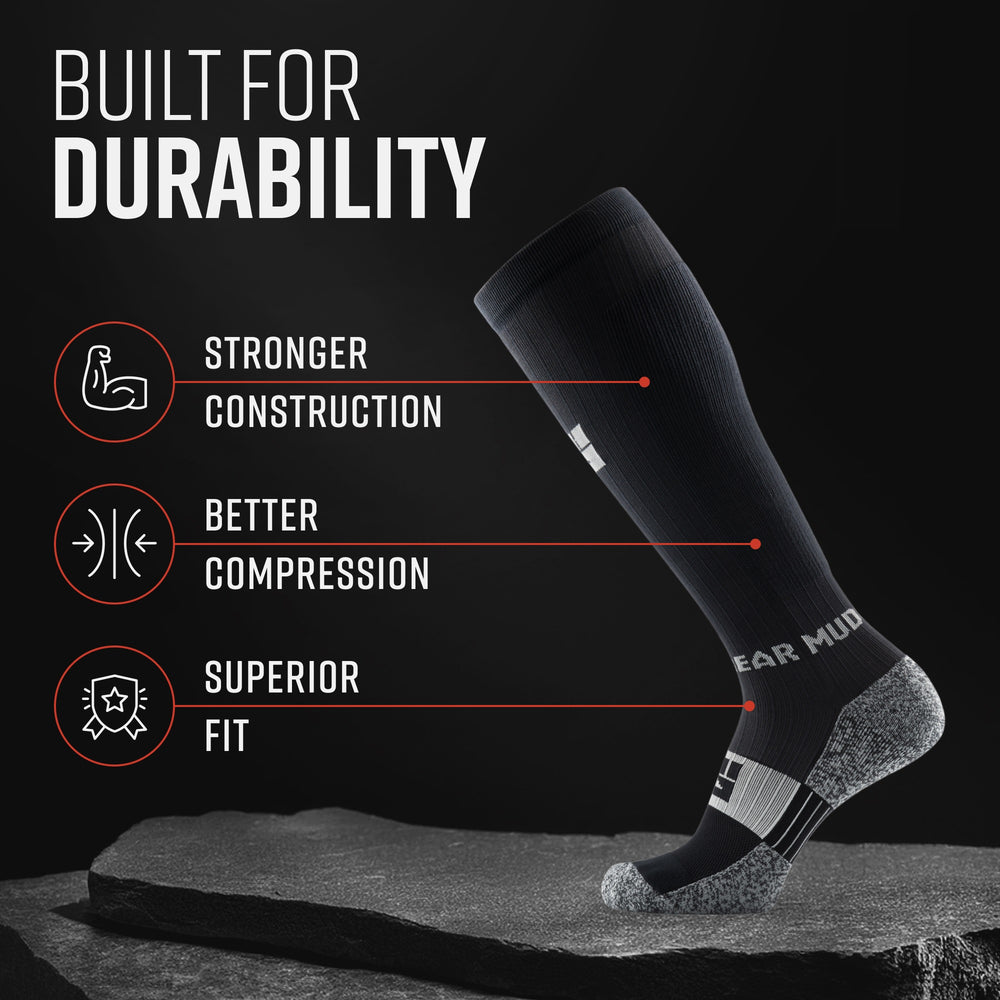
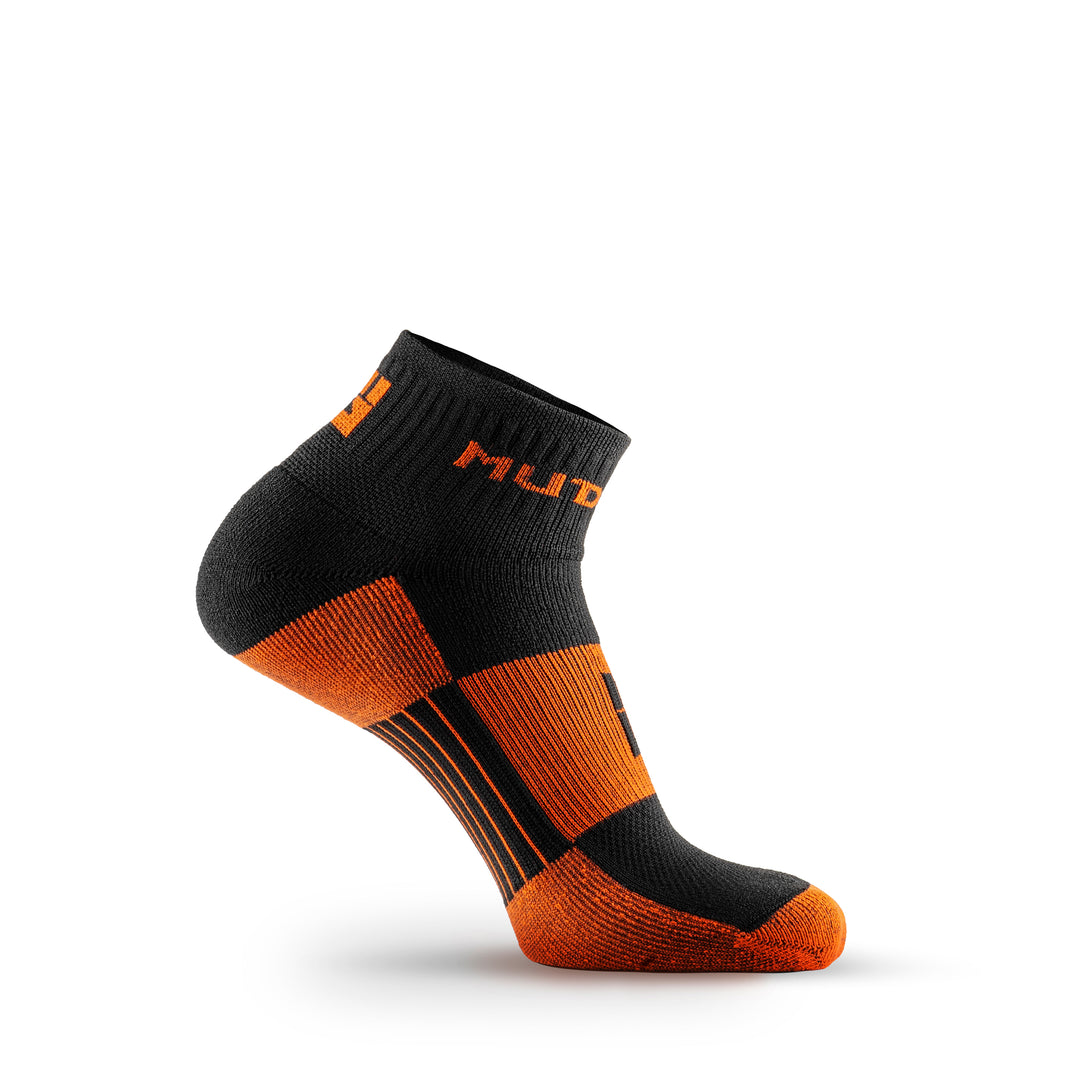
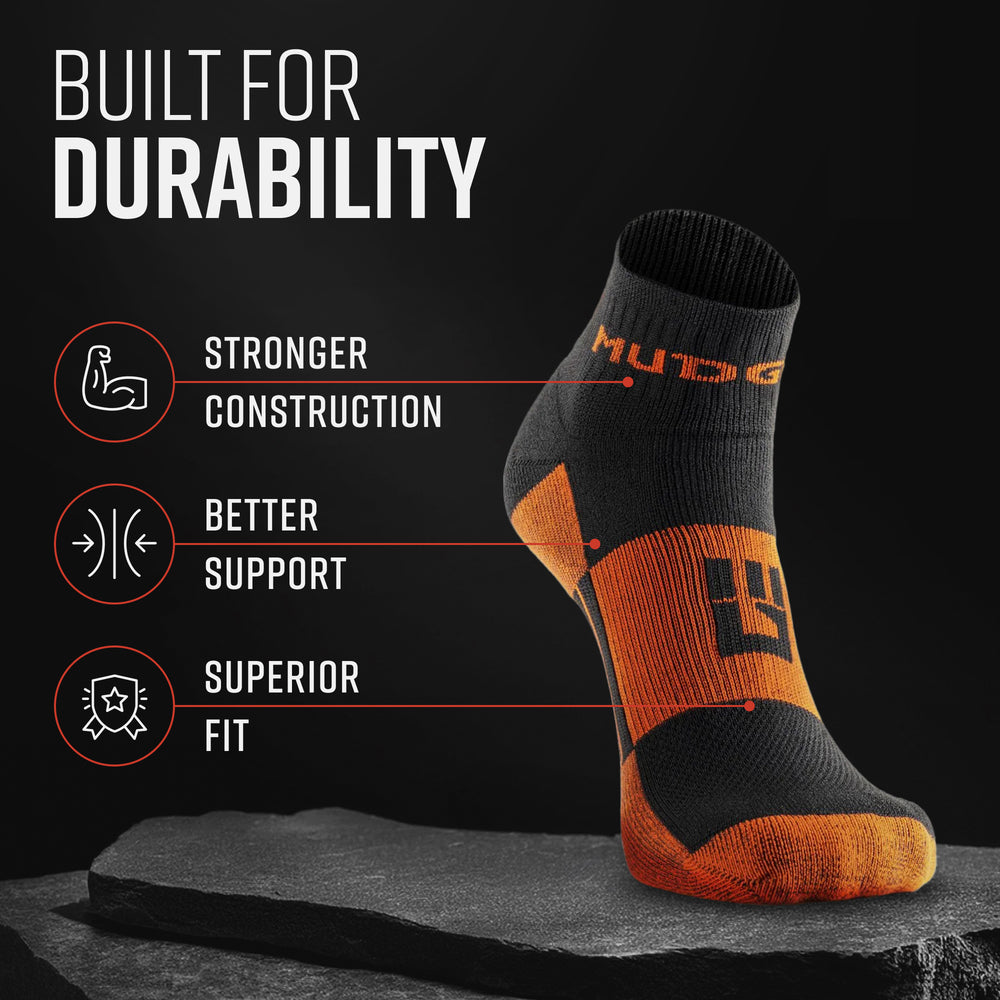


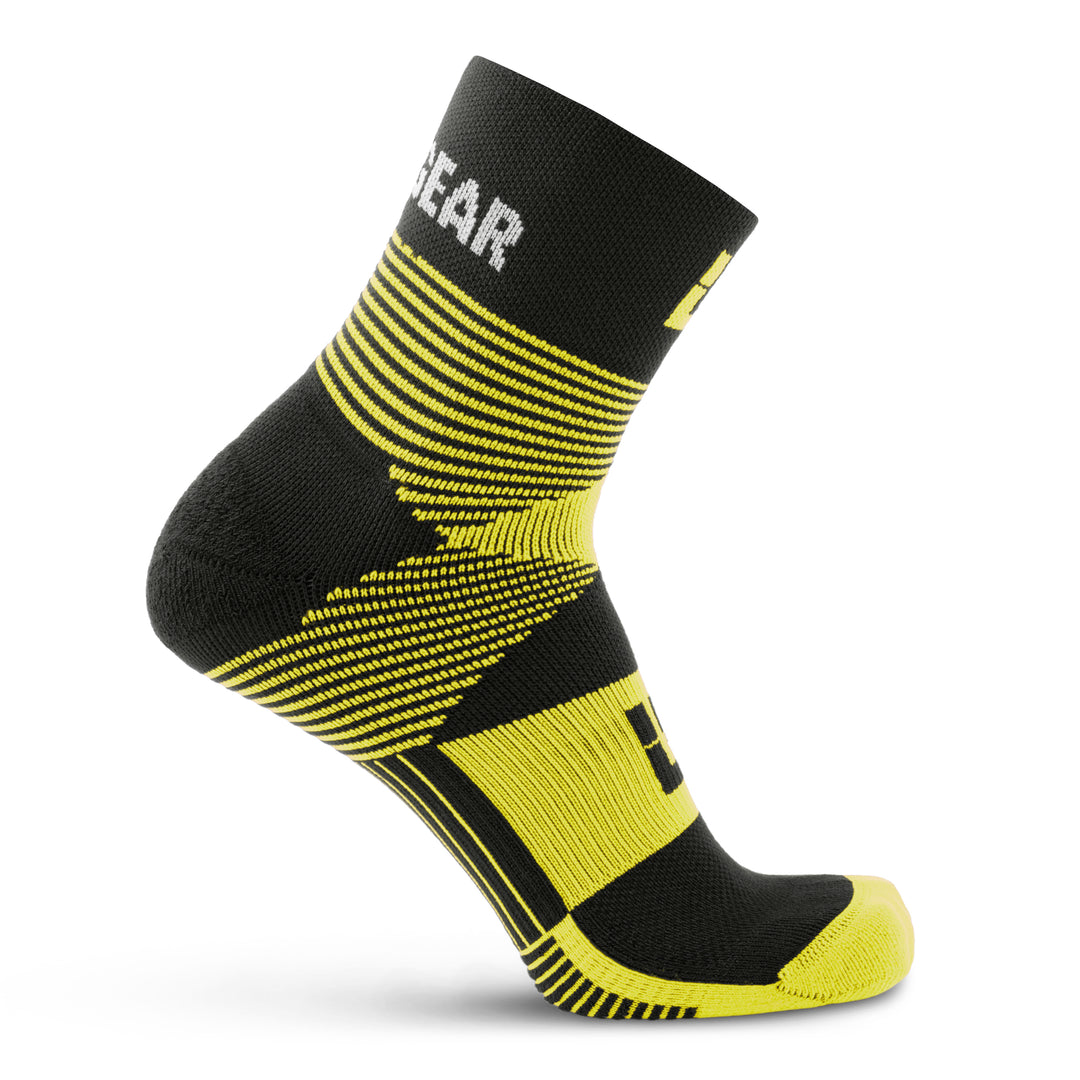
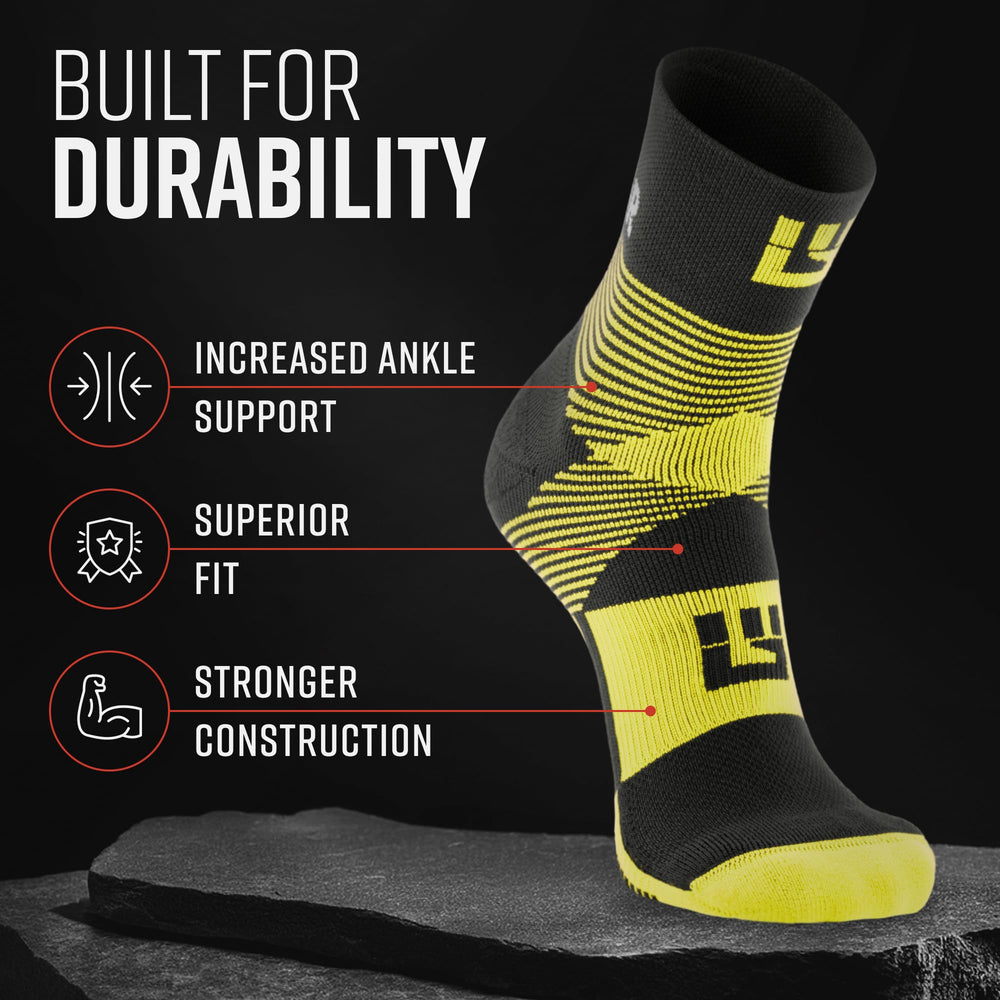

Leave a comment